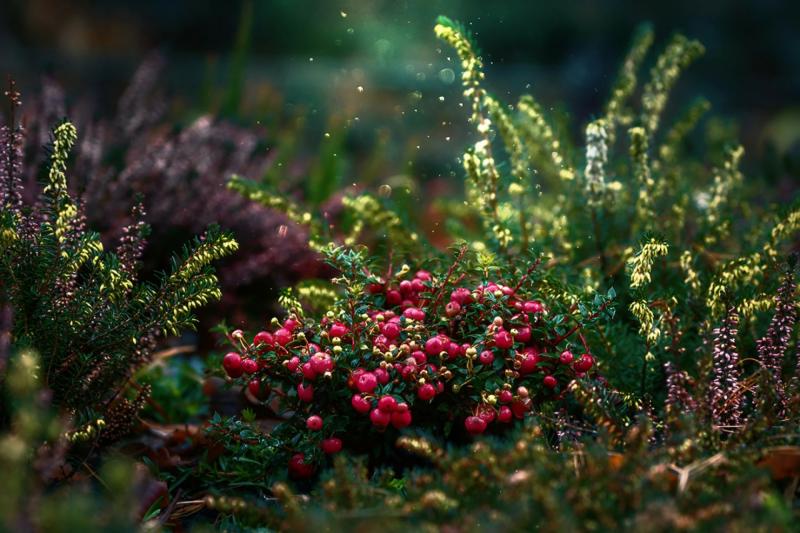
Cranberries are a common part of holiday celebrations, whether they're used as garland decorating a Christmas tree or in the holiday meal. One of the few native North American fruit crops, cranberries provide plenty of health benefits, too.
- Cranberries prevent harmful bacteria from wreaking havoc on the body. They have long been known to prevent urinary tract infections, which was commonly attributed to the juice's acidity. Recent research by Rutgers University found that certain compounds in cranberry juice prevent infection by not allowing some bacteria to stick to urinary tract walls. Additional research may have implications for stomach ulcers, gum disease, plus ear and respiratory infections.
- Cranberries also contain powerful antioxidants that slow or prevent oxidative stress caused by free radicals in our bodies, preventing harmful diseases such as cancer, heart disease and age-related, neuro-degenerative diseases. Research by Cornell University reported that cranberries ranked highest in total antioxidant activity compared to 10 other commonly-eaten fruits, including apple, red grape, strawberry, peach, lemon, pear, banana, orange, grapefruit and pineapple.
American cranberry, Vaccinium macrocarpon, is part of the larger genus Vaccinium, which also includes several species of blueberries, and the lesser known farkleberry, deerberry and foxberry.
Cranberry is a low-growing, woody shrub with glossy, medium evergreen foliage that forms a dense ground cover. Plants produce pink flowers in spring followed by small, green berries that ripen to dark red in September or October.
In the wild, plants are found growing in sunny areas of moist sphagnum bogs. Cranberries requirement for well-drained, organic & acidic (4.0-5.5 pH) soil and consistent soil moisture, unfortunately make it unsuitable for use as a landscape plant in Nebraska.
Wisconsin and Massachusetts lead the nation in cranberry production, with over $248 million dollars total sales in Wisconsin, and over $128 million dollars total sales in Massachusetts for 2008 according to the National Agricultural Statistics Service.
Cranberries grown for fresh use are harvested dry using equipment similar to a comb that rakes the berries from the plants. Those grown for the processing industry are wet-harvested by flooding the fields with 8-10 inches of water. A machine with a beater is then driven through the field to remove the berries from the plants. Berries float to the water's surface and are then corralled to one corner of the field where they are collected and loaded into a waiting truck.
If you'd like to see how cranberries are harvested, or learn even more about this great American fruit, why not visit one of the several cranberry festivals are held in either Massachusetts or Wisconsin next fall?
You can reap the benefits of cranberries from many products, including sauce, dried fruit mixes, juice, baked goods and cereals. During Thanksgiving week alone, Americans consume approximately 80 million pounds of cranberries.